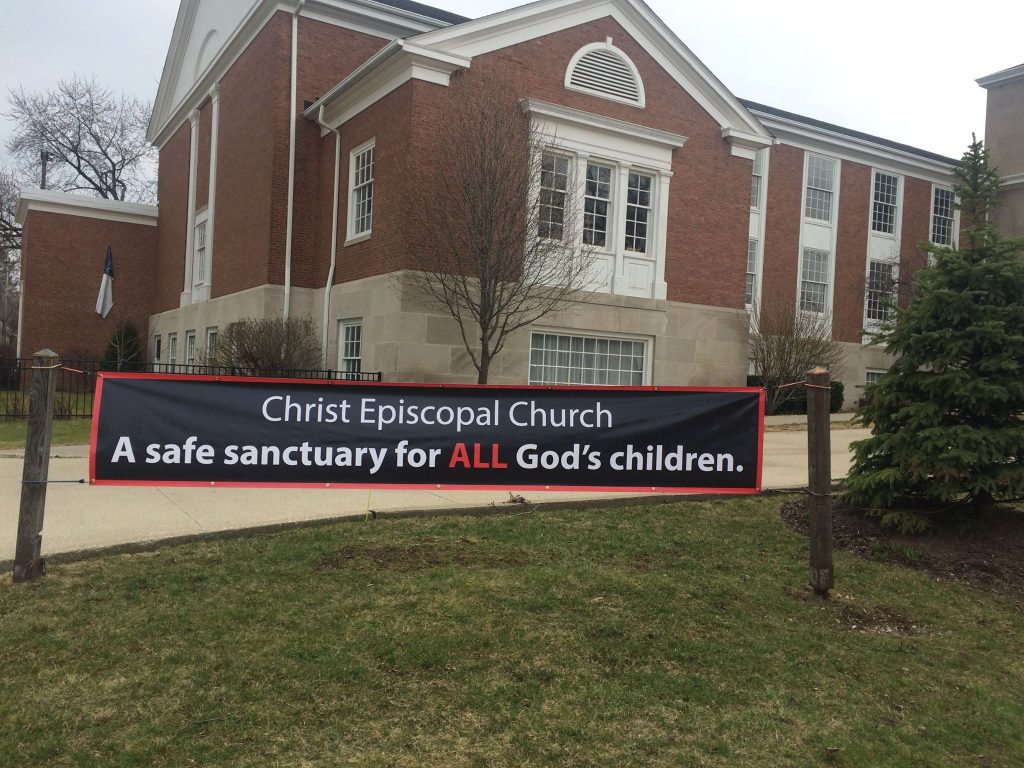Reuters reports that the “religious left,” long thought to be too loose a congregation to wield political influence, is beginning to organize in the wake of last year’s election of Donald Trump to the American presidency.
Although not as powerful as the religious right, which has been credited with helping elect Republican presidents and boasts well-known leaders such as Christian Broadcasting Network founder Pat Robertson, the “religious left” is now slowly coming together as a force in U.S. politics.
This disparate group, traditionally seen as lacking clout, has been propelled into political activism by Trump’s policies on immigration, healthcare and social welfare, according to clergy members, activists and academics. A key test will be how well it will be able to translate its mobilization into votes in the 2018 midterm congressional elections.
The article cites a rise in attendance at religious progressive conferences, seminars, and rallies, and the explosion of faith communities associating themselves with the sanctuary movement to protect and promote the interests of immigrants.
“It’s one of the dirty little secrets of American politics that there has been a religious left all along and it just hasn’t done a good job of organizing,” said J. Patrick Hornbeck II, chairman of the theology department at Fordham University, a Jesuit school in New York. …
But some observers were skeptical that the religious left could equal the religious right politically any time soon.
“It really took decades of activism for the religious right to become the force that it is today,” said Peter Ubertaccio, chairman of the political science department at Stonehill College, a Catholic school outside Boston.
But the power potential of the “religious left” is not negligible. The “Moral Mondays” movement, launched in 2013 by the North Carolina NAACP’s Reverend William Barber, is credited with contributing to last year’s election defeat of Republican Governor Pat McCrory by Democrat Roy Cooper.
Read the article on Reuters. Have you witnessed a surge in progressive religious and political engagement since November’s election?
Featured image: Christ Episcopal Church, Shaker Heights, via Facebook. The Reuters article cited an increase in faith communities involved in sanctuary efforts as evidence of the mobilization of the “religious left.”

